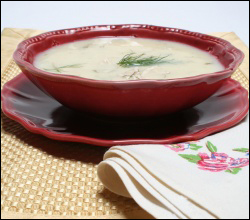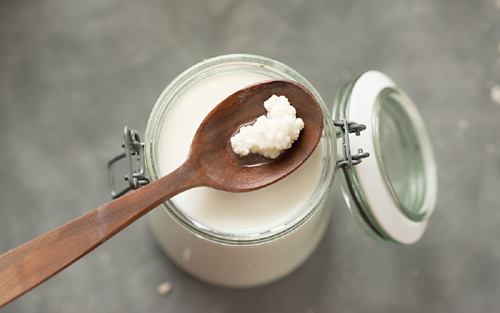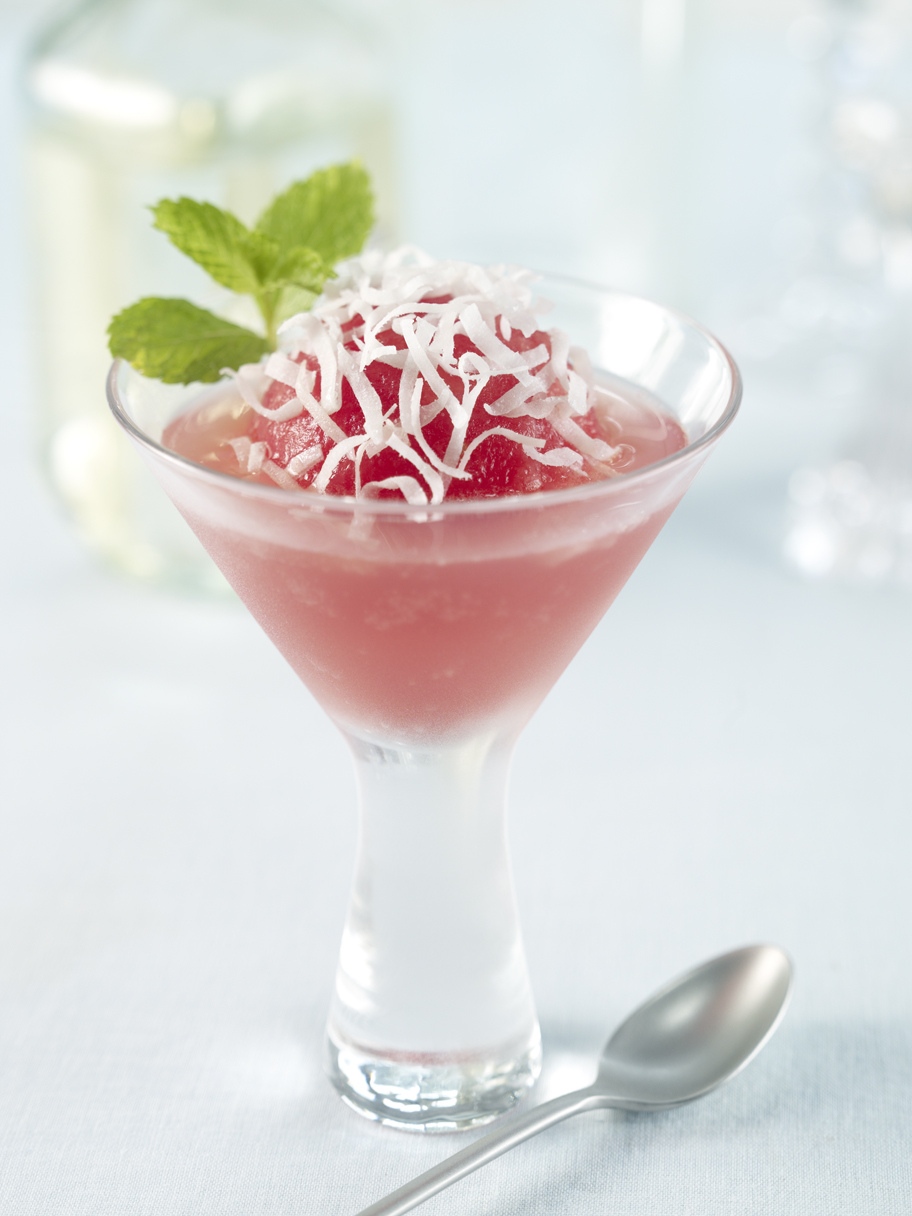Taking Thanksgiving International

Melting pot. Tossed salad. Regardless of how you define cultural diversity in America, it is perhaps best evidenced during our yearly Thanksgiving feasts. Having enjoyed two very different ethnically-influenced Thanksgiving dinners, I can safely say that they were among my most memorable.
My first encounter happened while dating an Italian American from a food-obsessed family. I was happy to join his assembled clan on Thanksgiving Day and overjoyed when his mother unveiled an awesome baked ziti with sausages and peppers. I was surprised (but even more delighted) when she then brought out a roast turkey accompanied by all of the usual trimmings. Since then, other friends have informed me such dual feasts are typical for many Italian American families.
Even more striking was my experience sharing Thanksgiving with a Mexican family temporarily residing in New York City. After answering countless questions about the typical American fare, I looked forward to tasting Senora Vieras’ version of a Thanksgiving meal. To my surprise, we feasted on turkey baked in Mole Poblano – a complex sauce made from 20 to 30 ingredients (including chiles, seeds, nuts and chocolate) that can take an entire day to create. The turkey was accompanied by a refreshing salsa combining tomatoes and fresh cranberries. Yams baked with piloncillo – a molasses-flavored brown sugar – were also served. This creative melding of cultures proved to be one of my best Thanksgiving dinners ever.
Keeping ethnic blending in mind, I’ve chosen Greek avgolemono soup to serve as a first course this Thanksgiving. Its sharp lemon flavor is the perfect opening act for the big meal. The soup is light, yet full of flavor, and can be prepared at least partially in advance. To help lighten your load on Thanksgiving morning, prepare the broth a day ahead, add the rice the day of and mix the egg into the hot soup just before serving. Also note that this soup thickens considerably if left in the refrigerator overnight, transforming into a risotto-like consistency.
Lemon Chicken Soup with Rice
– Makes 5 servings.
- 1/2 cup Arborio rice
- 2-4 Tbsp. chopped fresh dill (or 1 tsp. dried dill)
- 1 large egg
- Juice of 1 to 2 lemons (about 1/4 cup)
- 2 Tbsp. cold water
- Salt and freshly ground black pepper, to taste
- 1 pound skinless chicken legs or bone-in skinless chicken breast
- 1 medium onion, halved
- 5 cups fat-free, reduced-sodium chicken broth
- 1 Tbsp. olive oil
- 1 small leek, white part only, halved lengthwise and thinly sliced
Directions:
Place the chicken and onion in a deep, heavy saucepan. Pour in the broth, bring to a boil and reduce the heat. Partially cover the pan and simmer the broth for 20 minutes. Remove the chicken and set aside. Discard the onion. Reserve the broth.
Line a large strainer with two sheets of paper toweling and place it over a bowl. Strain the broth, tilting the strainer as needed to help the broth drain. Set the strained broth aside.
Heat the oil in the saucepan over medium-high heat. Sauté the leek until it is limp, about 3 to 4 minutes. Pour in the broth. Add the rice and dill. Bring to a boil, reduce the heat to a simmer and partially cover the pot. Cook for 15 minutes or until the rice is tender. Remove the pot from the heat.
Meanwhile, pull apart the chicken, discarding the bones.
Place the egg in a mixing bowl and beat well. Whisk in the lemon juice and 2 tablespoons of cold water. While whisking, very gradually pour 1 cup of the hot soup into the egg mixture (this will prevent the egg from solidifying). Add the beaten egg back into the larger soup pot, whisking gently. Add the chicken. Season with salt and pepper.
Return the pot to medium heat. When the soup is hot (but not boiling) divide it among bowls and serve.
Per serving: 252 calories, 7 g total fat (2 g saturated fat), 22 g carbohydrate, 24 g protein, 2 g dietary fiber, 635 mg sodium.
The Author:
The American Institute for Cancer Research (AICR) www.aicr.org








